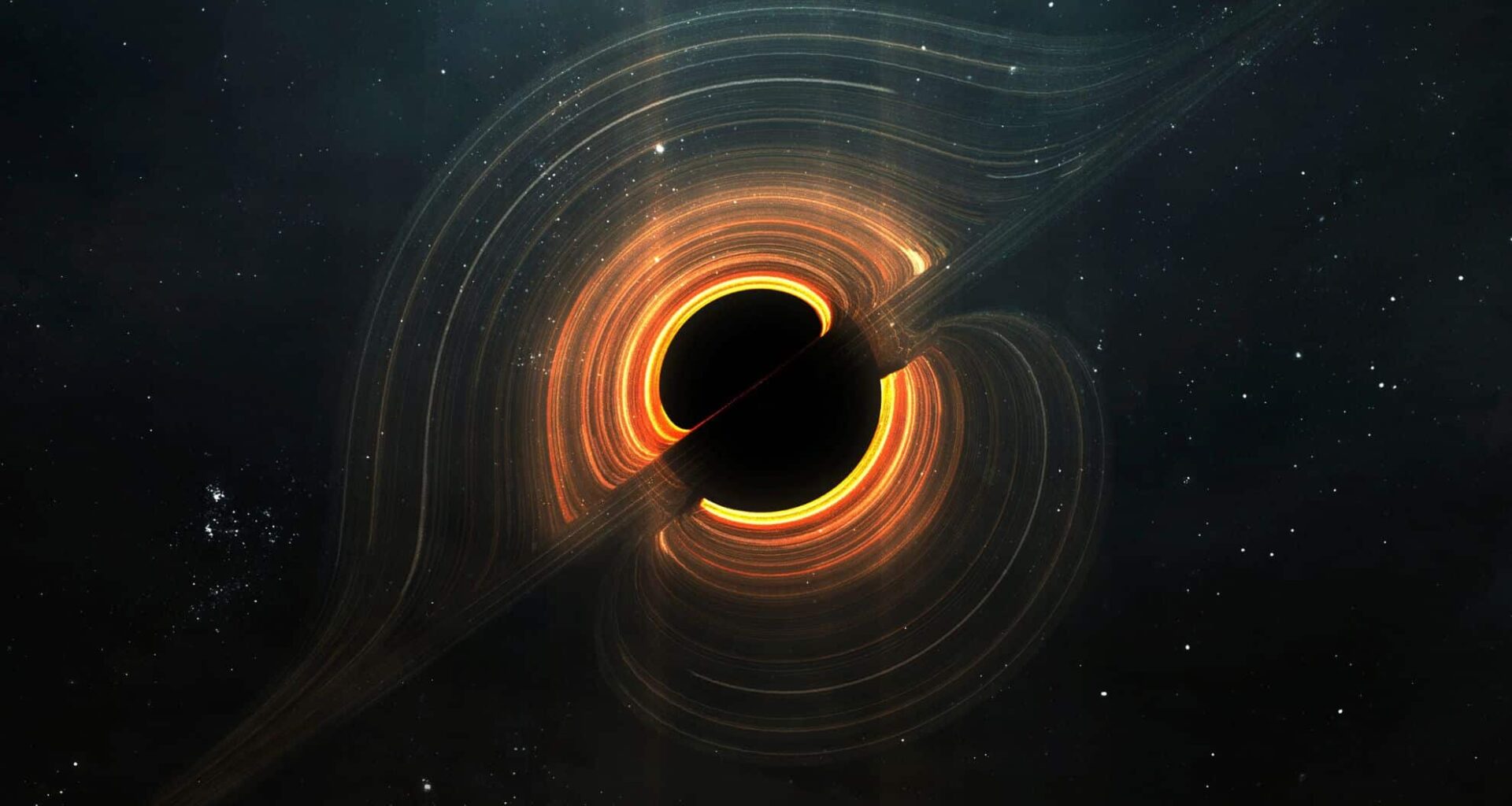Astronomers using the W. M. Keck Observatory in Hawaiʻi and NASA’s James Webb Space Telescope (JWST) have identified a rare cosmic structure they call the Infinity Galaxy — a figure-eight-shaped remnant of two colliding galaxies that may be giving birth to a supermassive black hole.
According to a new paper published in The Astrophysical Journal Letters on July 15, 2025, the galaxy may host the first directly observed birth of a supermassive black hole, potentially revealing a new pathway for black hole formation in the early universe.
This Bizarre Galaxy Breaks Every Cosmic Rule
The Infinity Galaxy appears to have formed after two disk galaxies collided, creating a structure that remarkably resembles the mathematical symbol for infinity. What makes it even more intriguing is the discovery of a supermassive black hole — about one million times the mass of the Sun — located not in either galaxy’s nucleus, but directly in the middle of the figure-eight shape.
This unusual placement suggests an unconventional formation process. Researchers, led by Pieter van Dokkum of Yale University, suspect that the black hole is in its earliest stages, still surrounded by dense gas and rapidly pulling in material. Such an event has never been observed before.
Why This Black Hole Is Rewriting Theories?
The Infinity Galaxy was first spotted in images from the COSMOS-Web survey, part of JWST’s deep-sky archive, before being investigated with a series of follow-up observations across multiple observatories. The Very Large Array (VLA) captured radio emissions from gas and jets, while the Chandra X-ray Observatory detected high-energy radiation typical of black hole accretion.
Using the Low-Resolution Imaging Spectrometer (LRIS) at the Keck Observatory, astronomers measured the galaxy’s distance, velocity, and the mass of its central black hole. “Thanks to the flexibility of Keck’s observing model—where astronomers can decide in real time what to observe—we’re able to act quickly and pursue high-risk, high-reward targets that other observatories, with fixed programs, simply can’t”, said Pieter van Dokkum.
The team was able to move quickly, securing data that confirmed both the cosmic vacuum’s location and its unusual position between the two colliding galaxies.

Recreating The Birth Of Giants
Van Dokkum’s team proposes that the collision shocked and compressed massive gas clouds, producing densities high enough for gravitational collapse into a black hole instead of stars. While such events are rare now, they may have been common in the turbulent early universe, when galactic interactions were far more frequent.
The next step is to use Keck’s adaptive optics later this year to peer closer into the black hole’s immediate environment. Additionally, computer simulations will be critical in testing whether these extreme collision conditions naturally produce black holes in the way suggested.
If confirmed, the Infinity Galaxy could serve as a modern-day example of processes that shaped the earliest galaxies, including the Milky Way.
